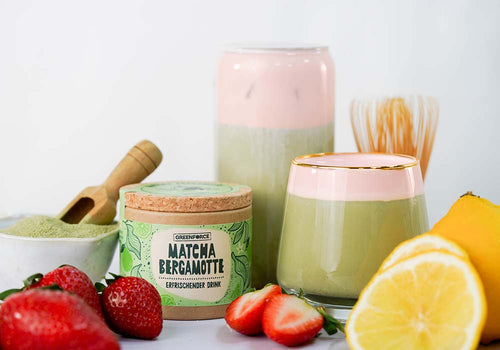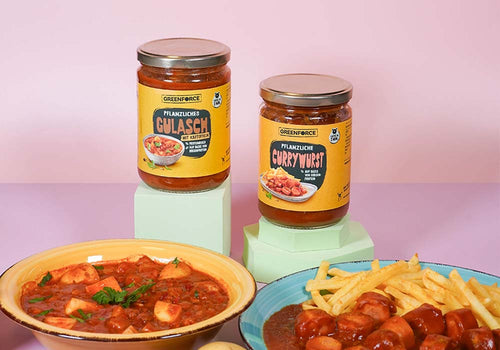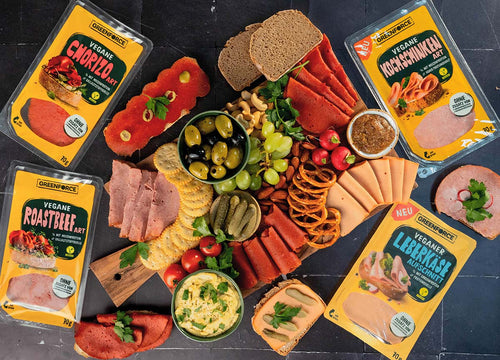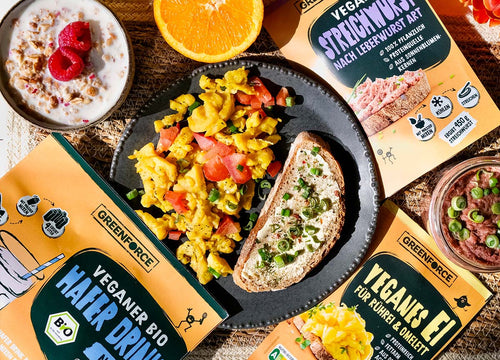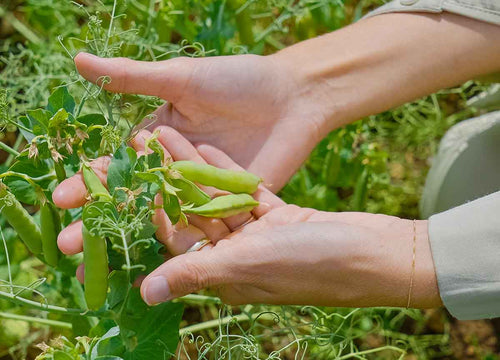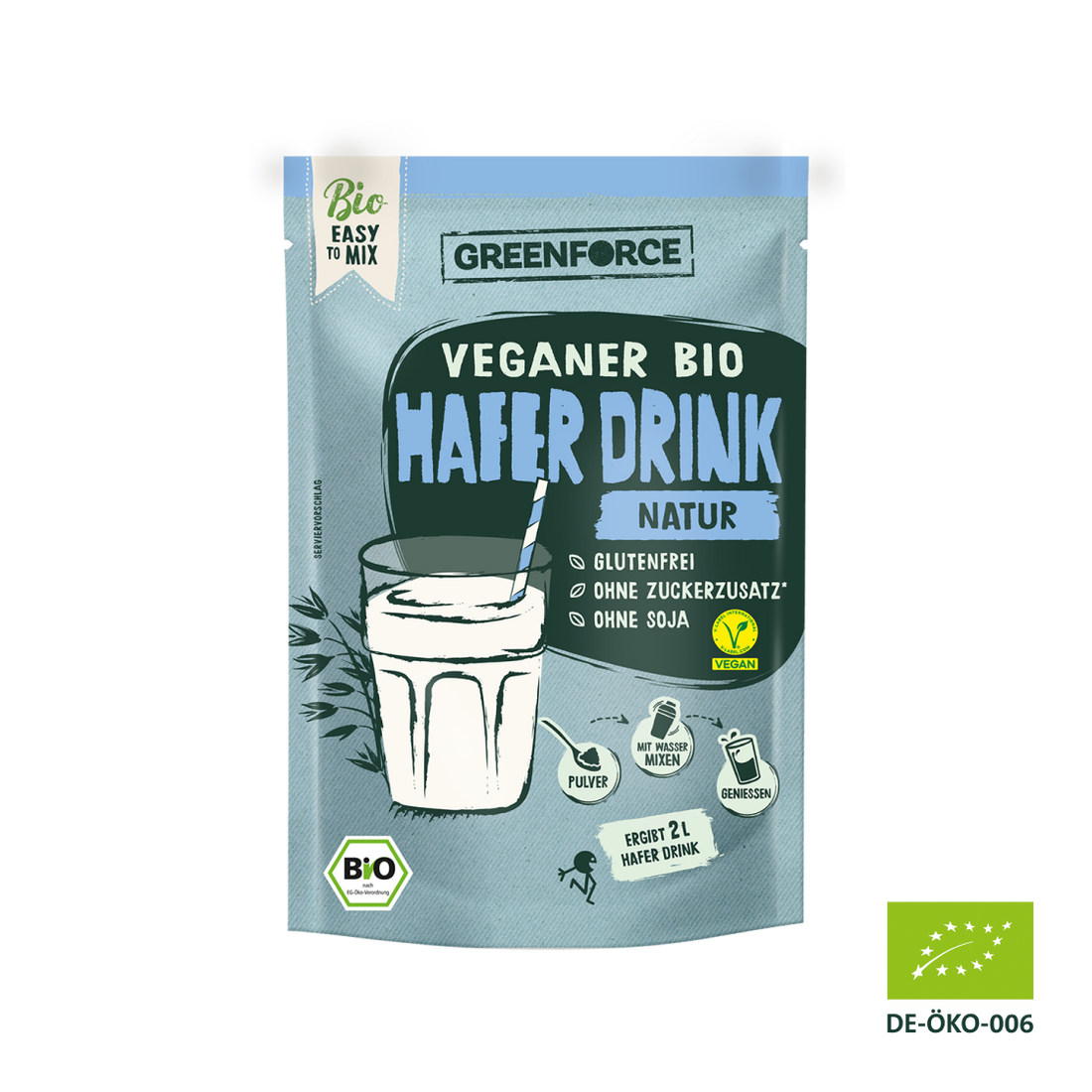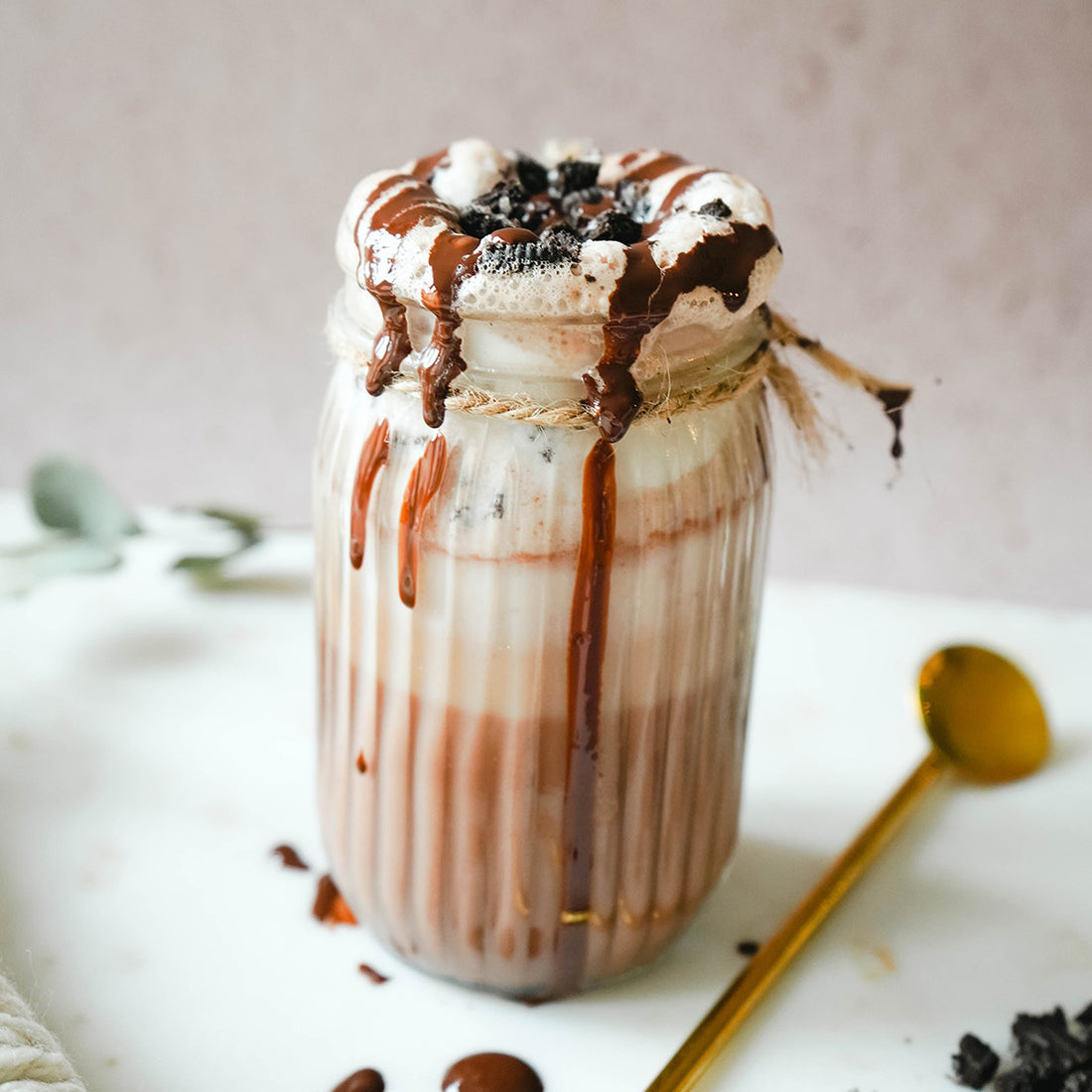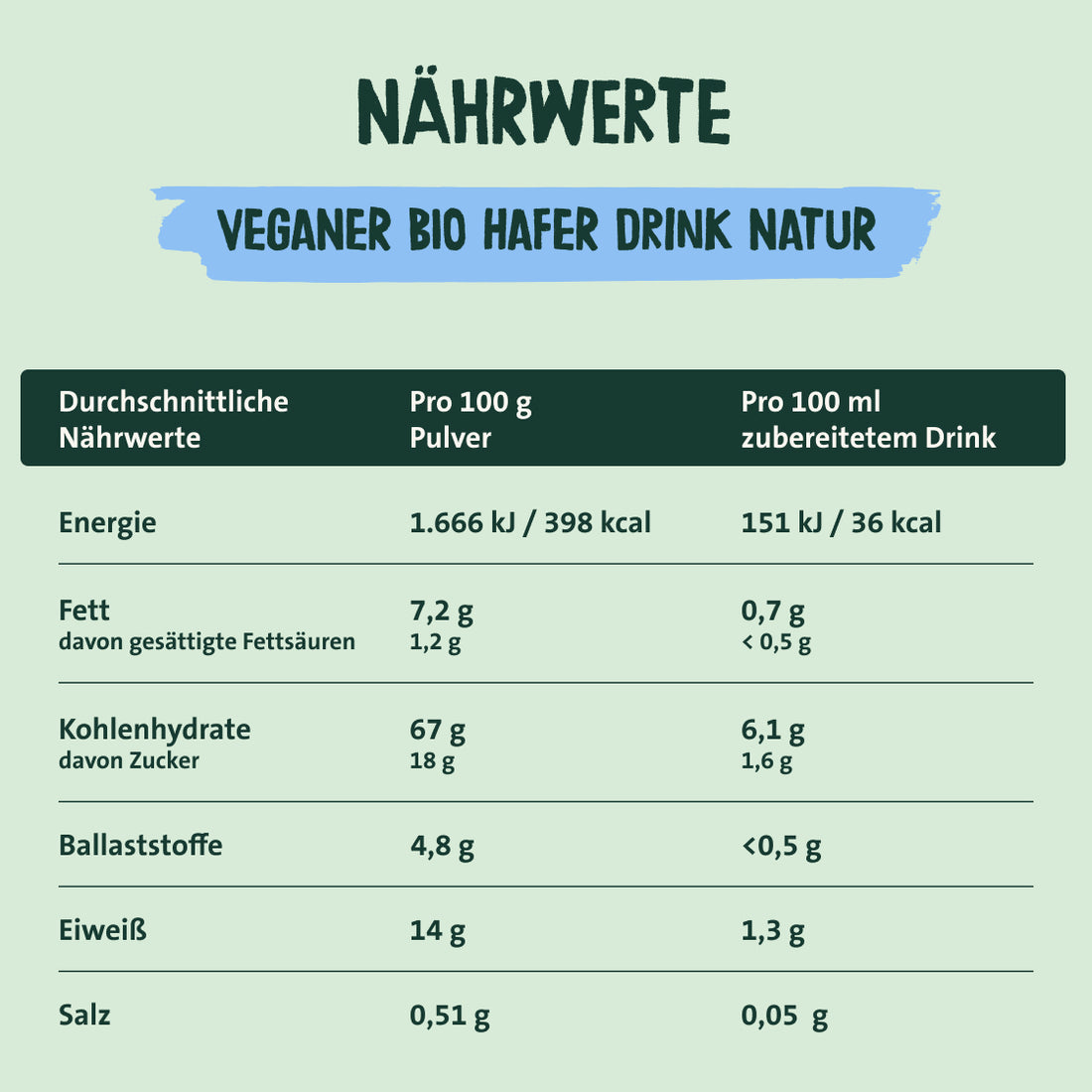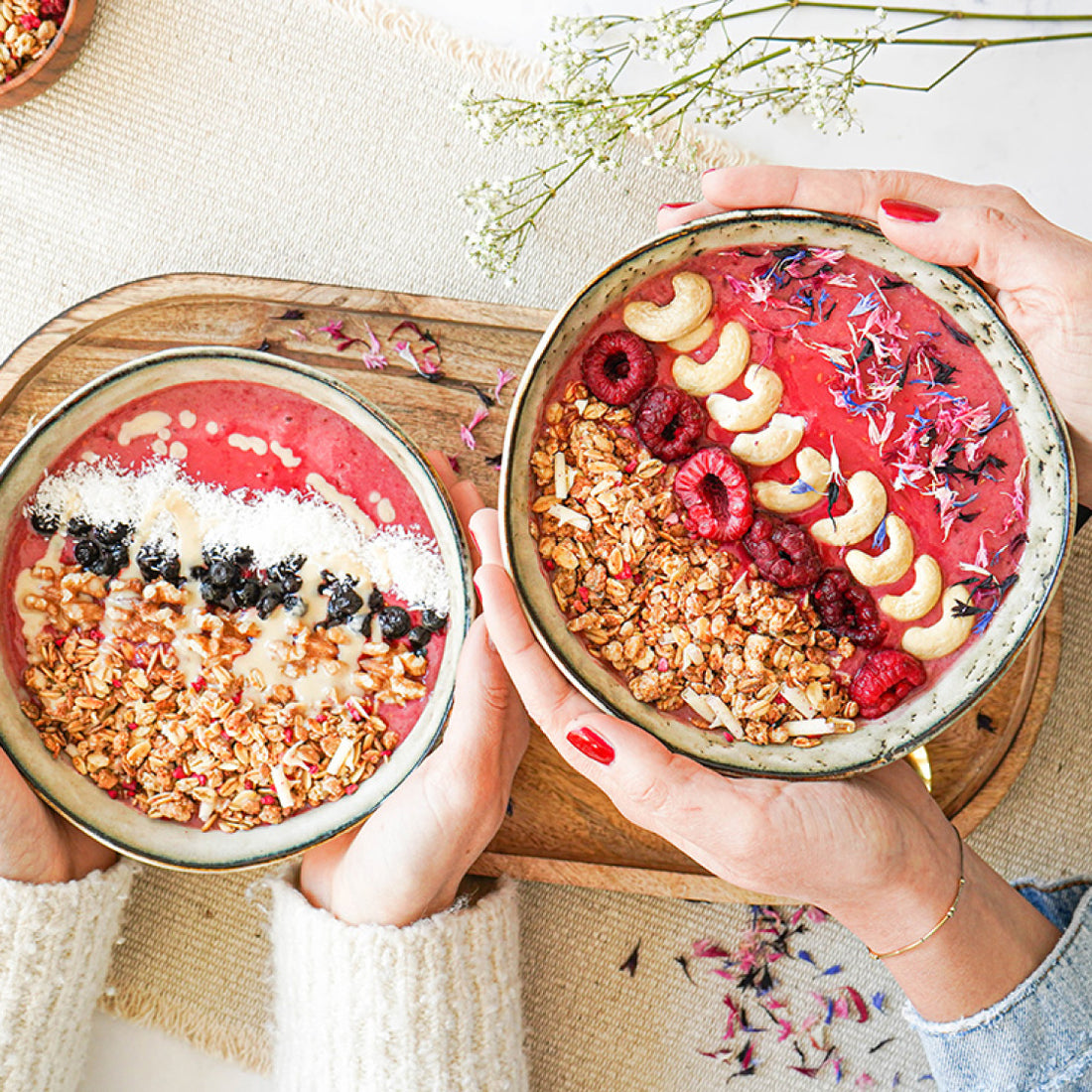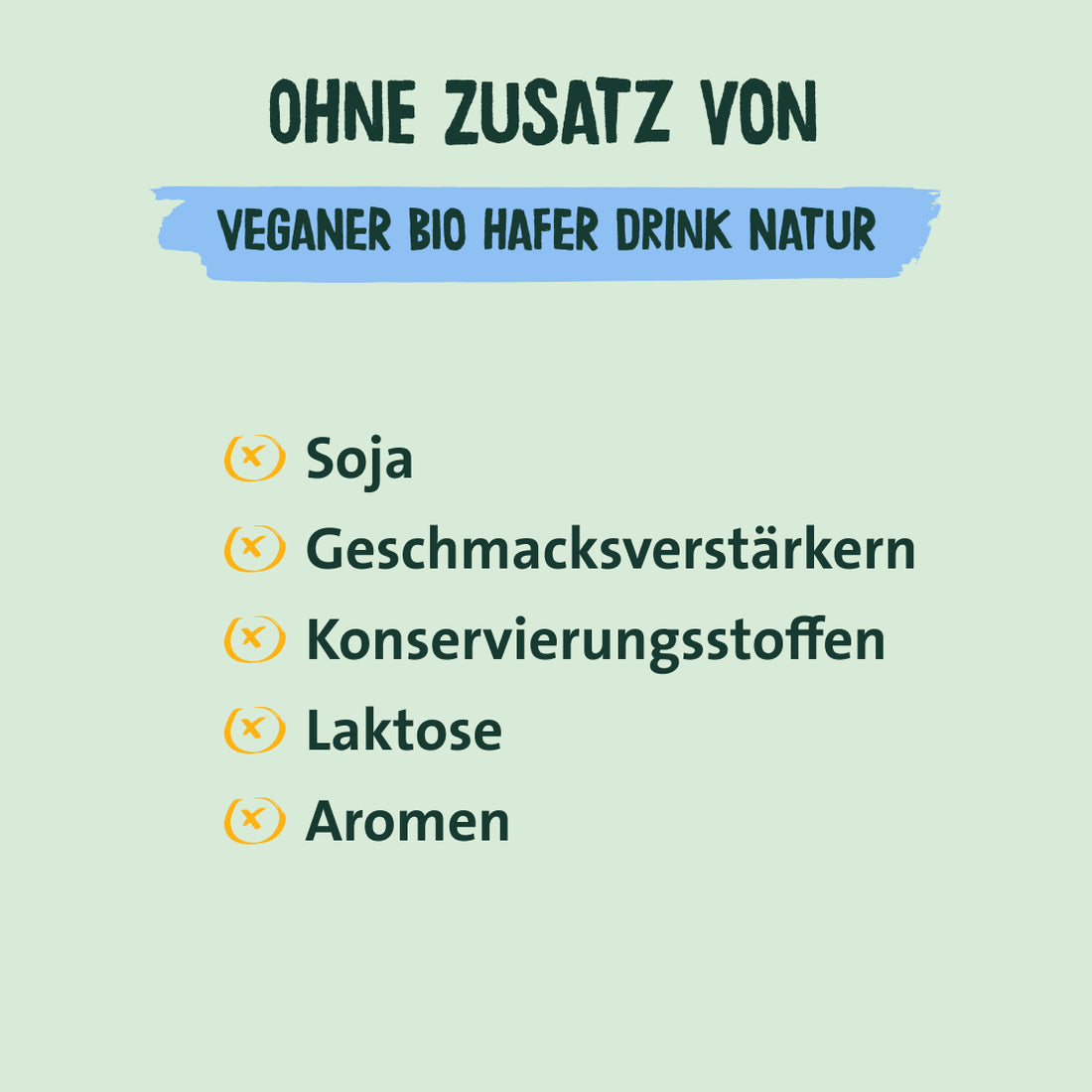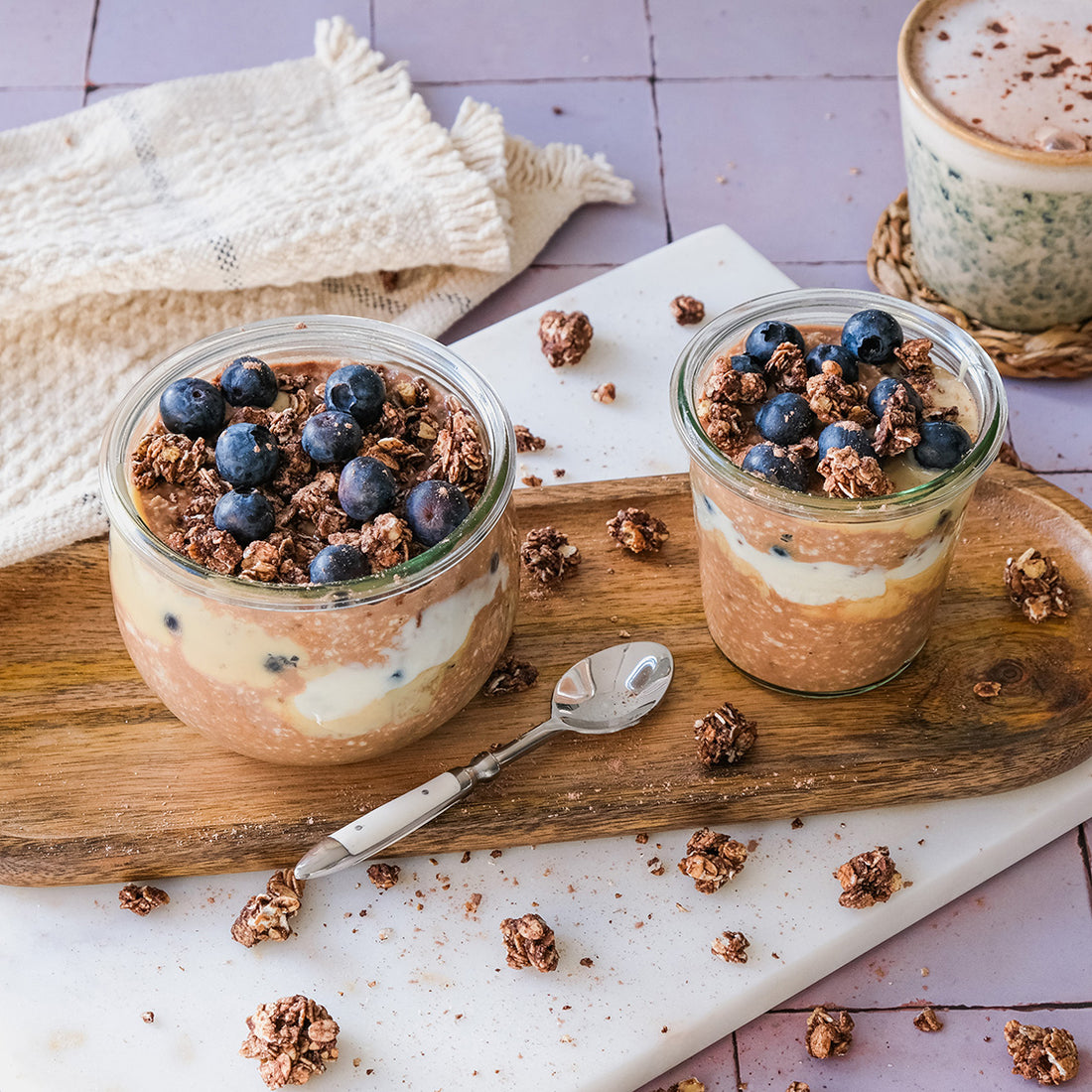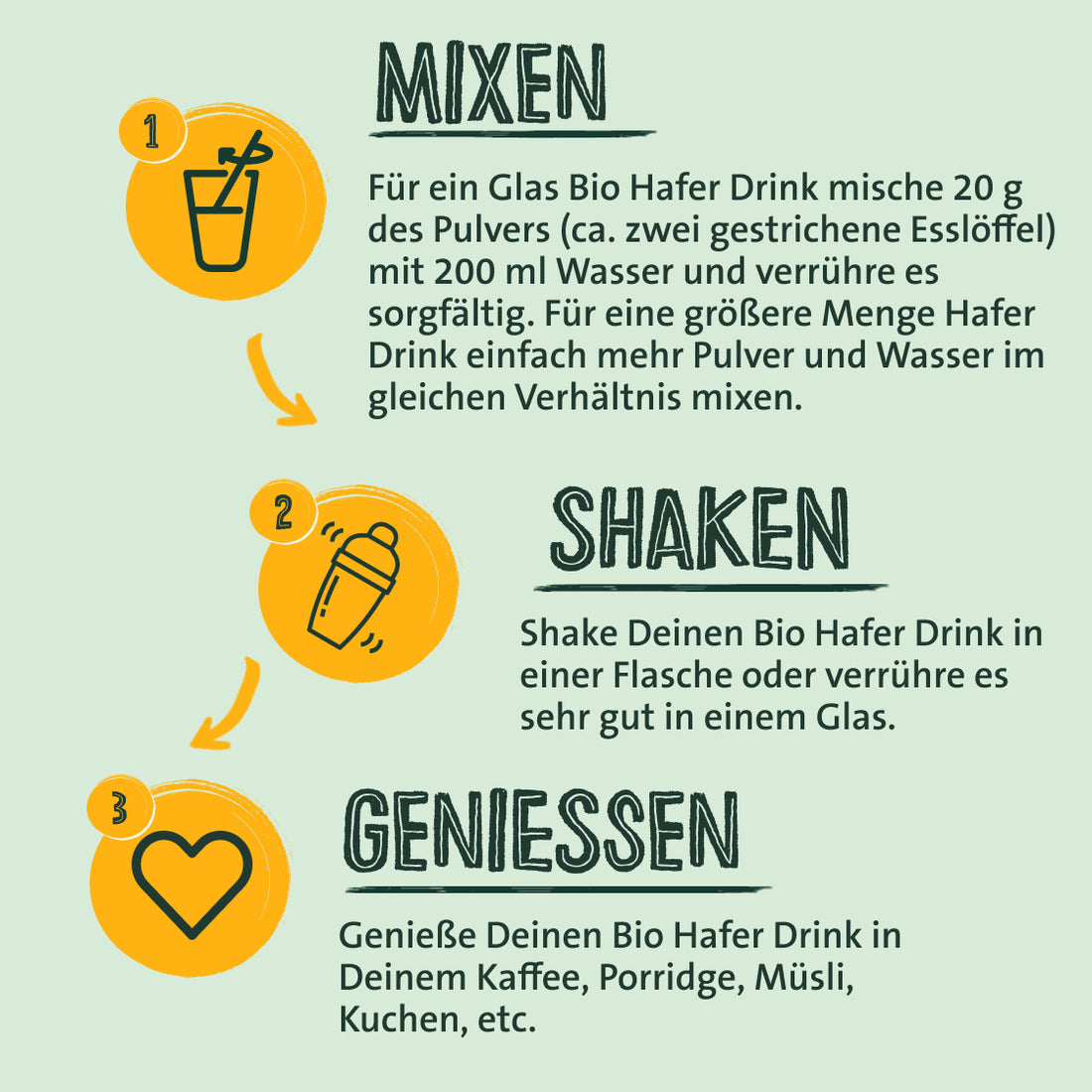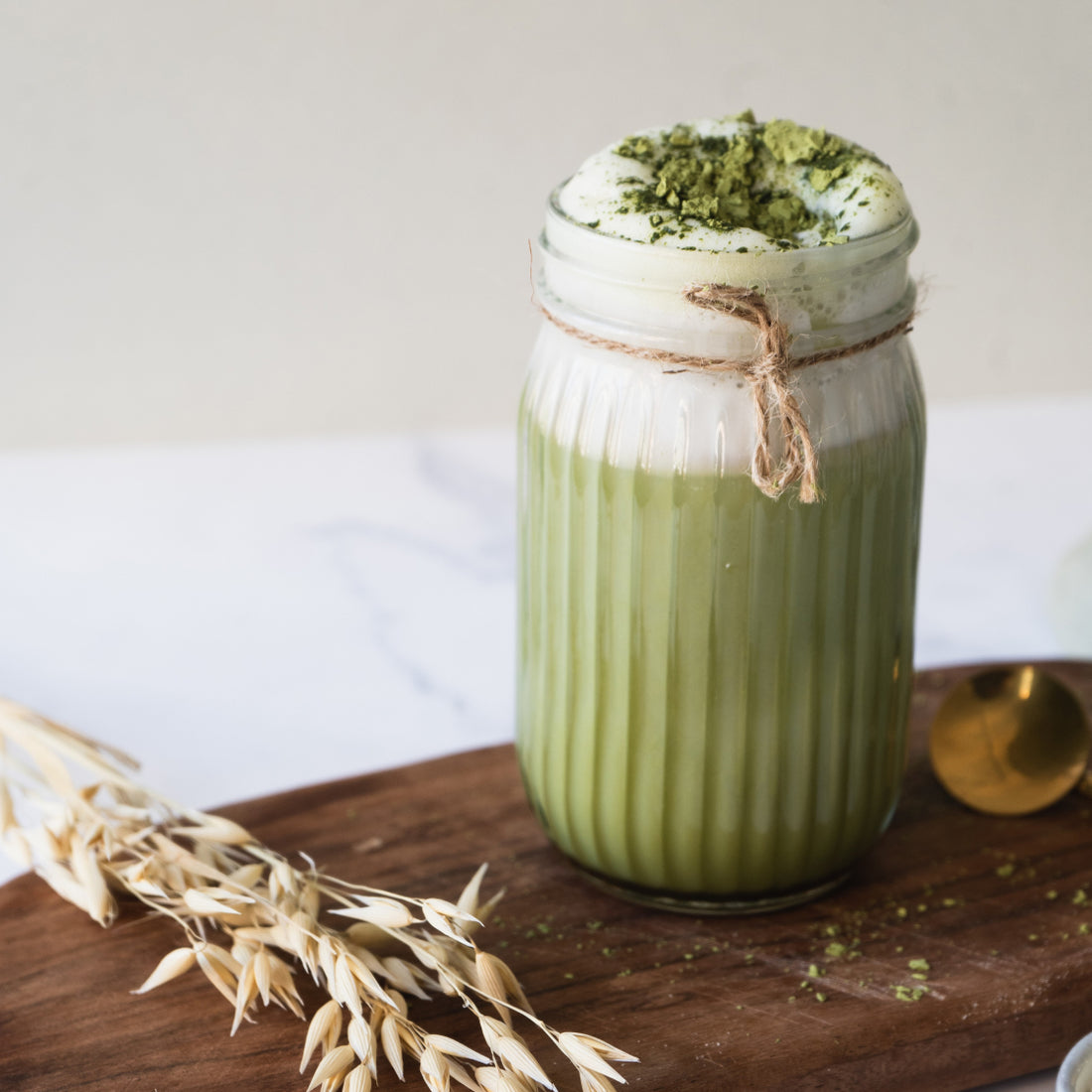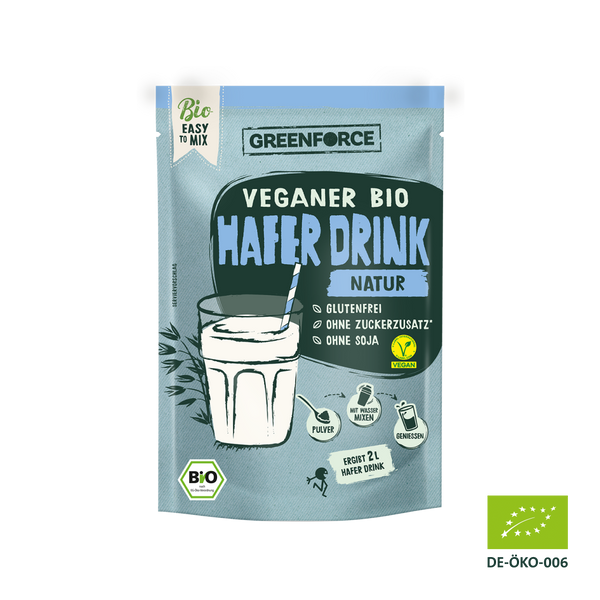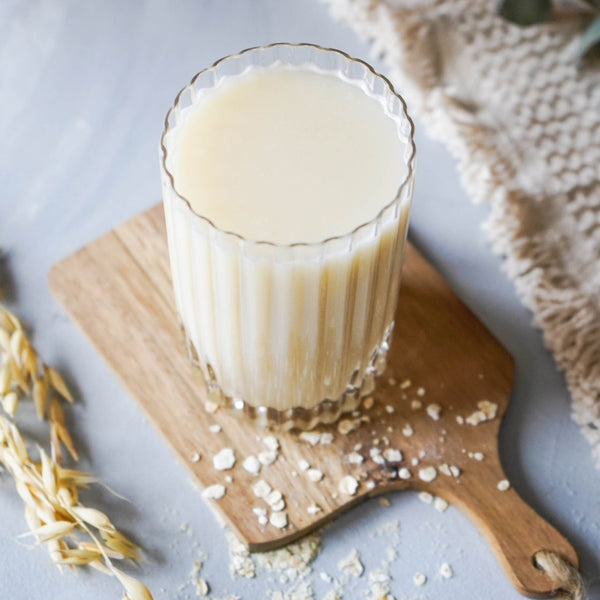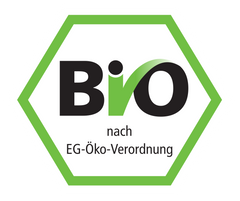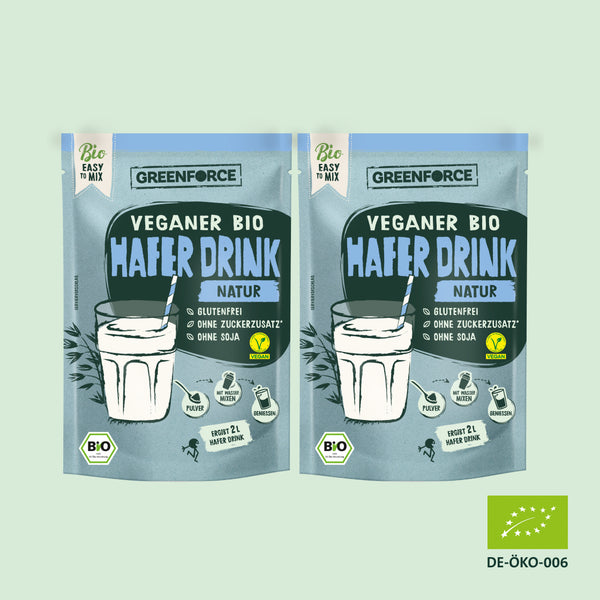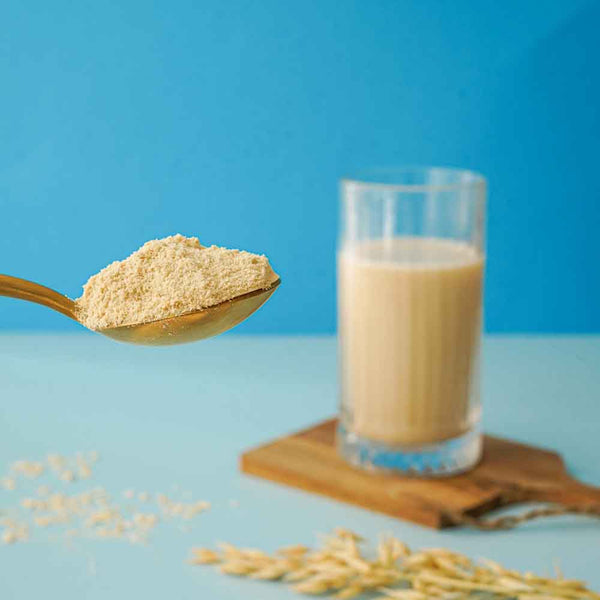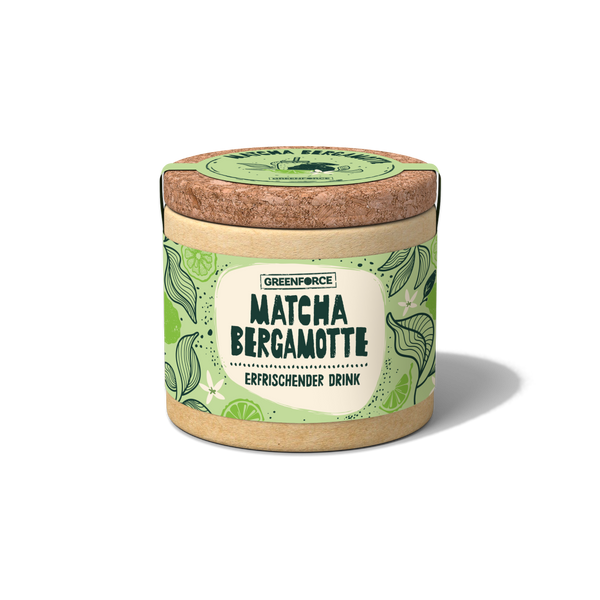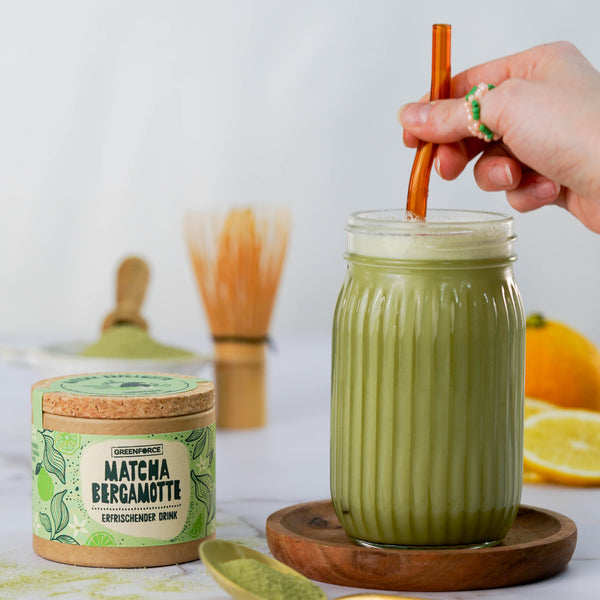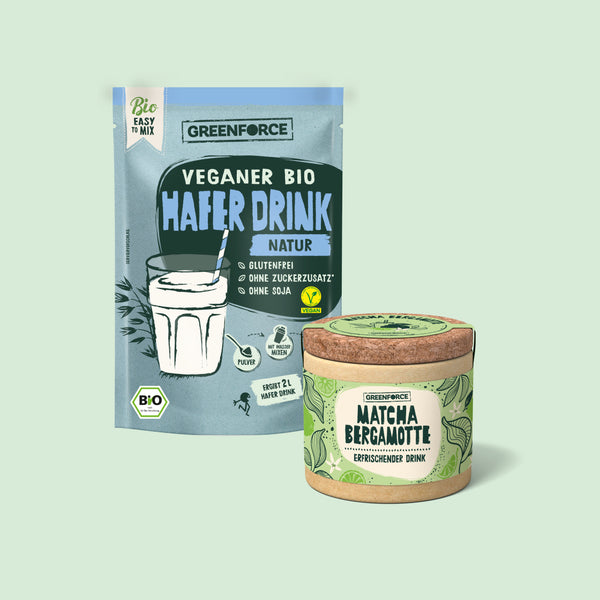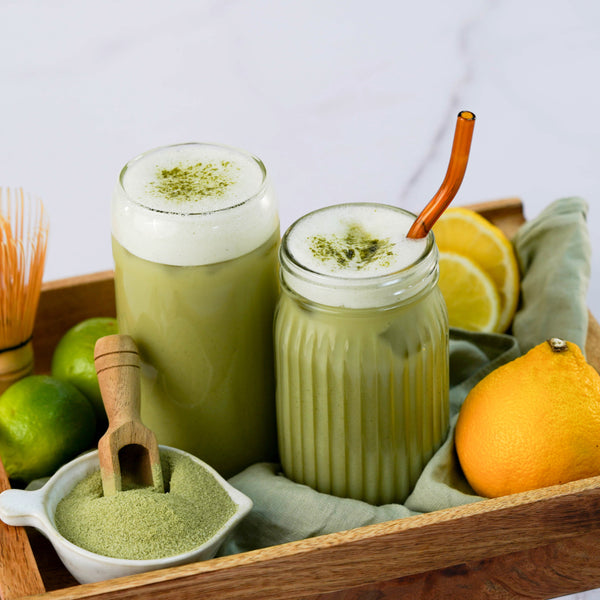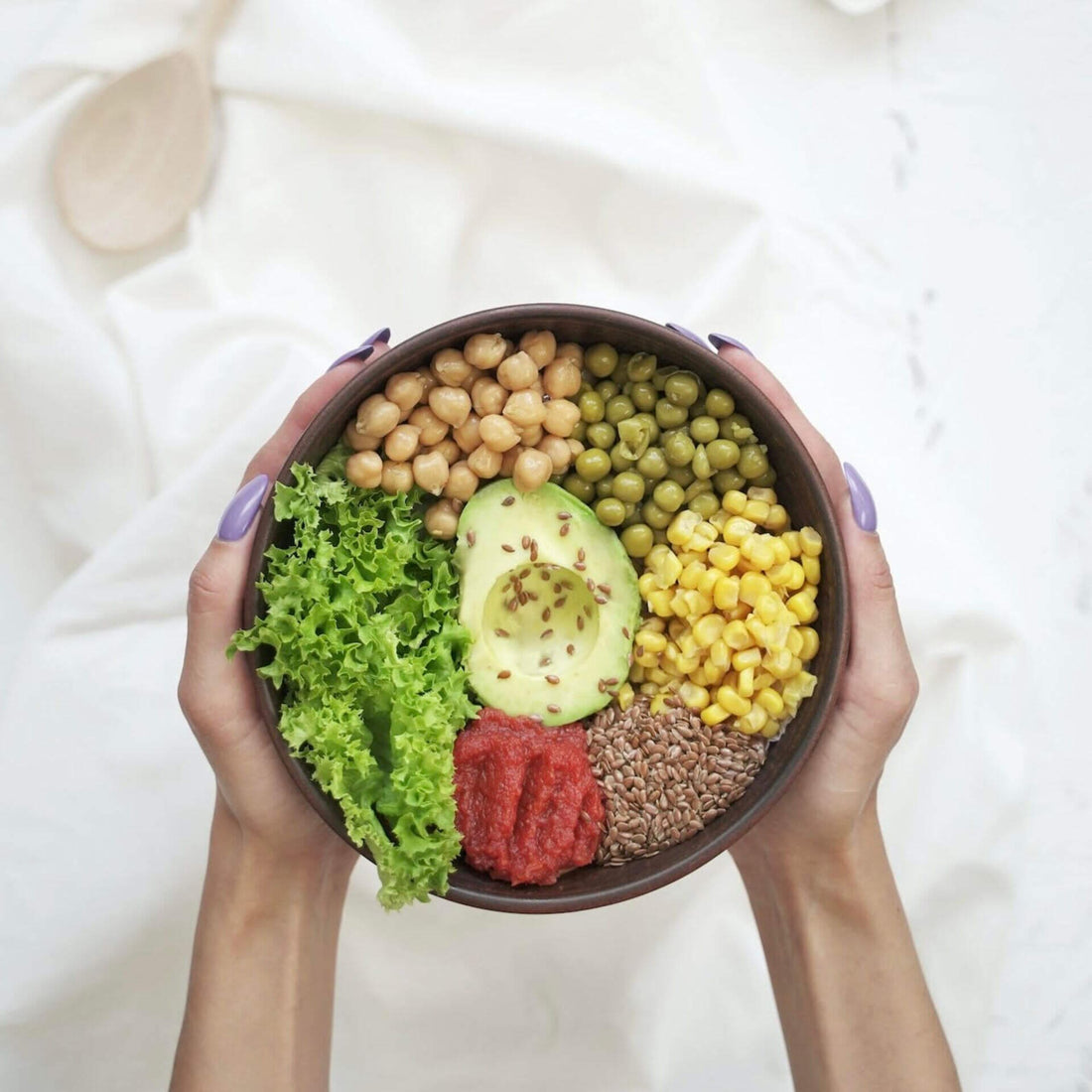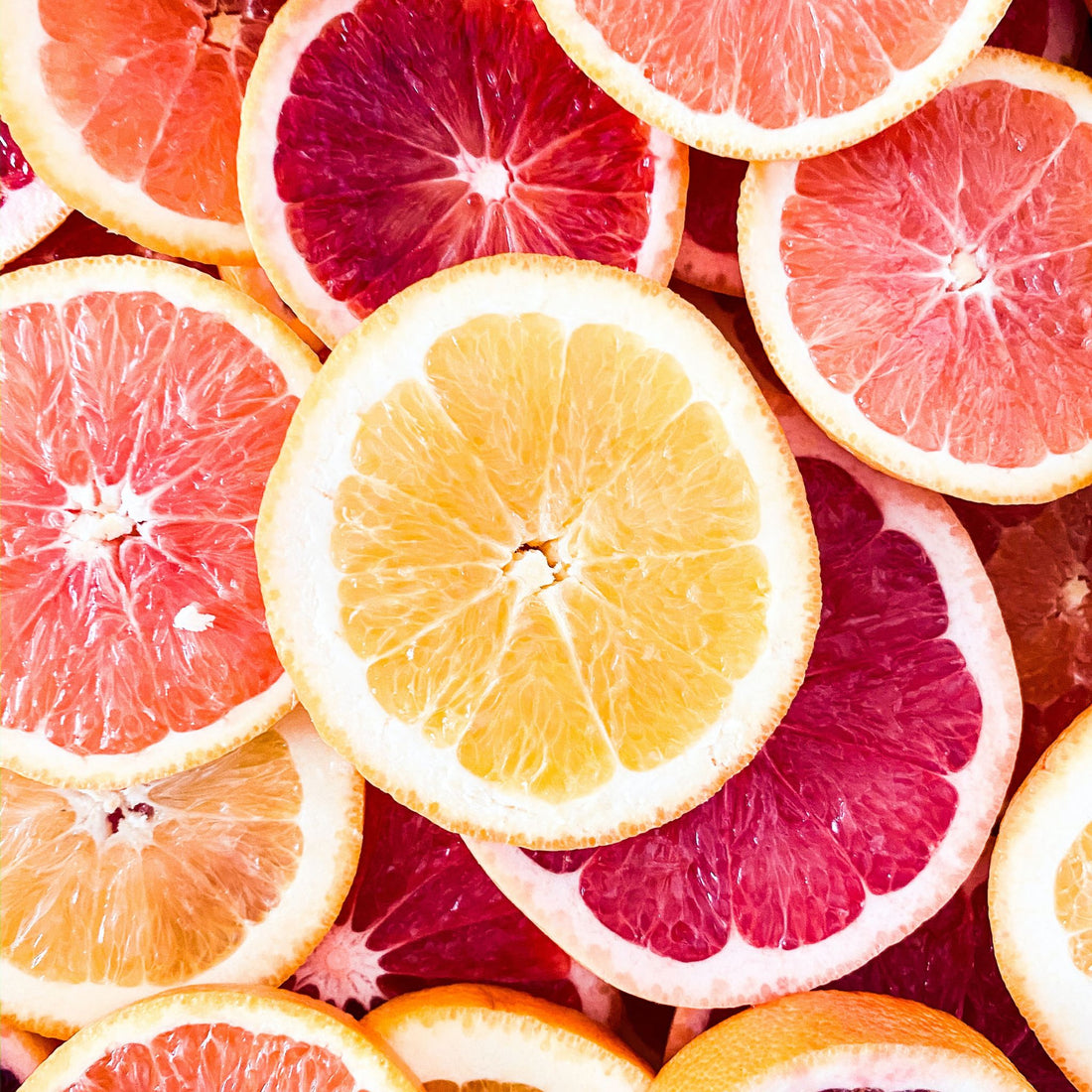What can I eat if I have gluten intolerance?
Theresa Aicher
02/05/23
Reading time: 8 minutes
A roll for breakfast, pasta for lunch and bread in the evening - what is normal for many people leads to stomach pain and other symptoms for people with gluten intolerance.
Gluten is mainly contained in grains - and the small intestine of those affected cannot cope with it. As a result, the corresponding foods should not be consumed. Many sufferers ask themselves what they can eat if they have gluten intolerance.
This insecurity causes them to limit themselves more than they need to. But the good news is : Nobody has to go without a varied and tasty diet.
Instead of wheat, products such as bread and rolls can be made from other ingredients. Buckwheat, linseed or corn starch are used as a basis .
This means that consumers with gluten intolerance get their money's worth and nothing stands in the way of sharing a meal with friends, even if two separate versions have to be prepared. However, there are just as many dishes that do not contain foods containing gluten.
In this article we would like to explain to you what gluten is exactly and how you can determine an intolerance.
You will also find out which foods you can eat with a clear conscience and which products you should be careful about . To make your everyday life easier if you have a food intolerance, we have summarized some practical tips at the end.
What is gluten?
Gluten is found in numerous foods , for example pasta, bread or cakes. Because it is mainly found in wheat, it is also found in all products made from it.
But gluten can also be found in spelled, rye and barley . In addition, it is often used for the production of finished products as it is a reliable stabilizer. This means that flour, for example, sticks together well with water.
Furthermore , gluten is a carrier for flavorings . That's why many products containing gluten are very popular. Because the carrier material ensures that pasta etc. taste very good. The industry therefore benefits from the properties of gluten, which is, by the way, a natural protein.
For most people, it's not a bad thing that the material is used in many different ways. They have no symptoms when they consume gluten . However, other people suffer from it.
If you have gluten intolerance, the protein is not broken down in the small intestine as it should. This causes inflammation, which in turn leads to unpleasant symptoms.
The term celiac disease is often used as a synonym for intolerance. This is a strong form of intolerance.
Since ignoring the symptoms can lead to serious physical consequences such as osteoporosis , celiac disease in children should also be taken seriously. Otherwise, growth problems or bone damage can occur in childhood.
In addition to the usual intolerance, there is also the rye allergy . Those affected are increasingly troubled by rye pollen. For example, they lead to a runny nose, watery eyes and a scratchy throat.

How does gluten intolerance manifest itself?
It cannot be said with certainty why gluten intolerance occurs . There are also no really reliable figures as to what percentage of the population suffers from it. Some people also voluntarily avoid gluten because they want to lose weight vegan , for example.
If you are affected by an intolerance, you will notice this through various symptoms. These always occur when you have consumed foods containing gluten .
The greater your intolerance, the more your body reacts with symptoms like these :
Pain in the stomach : Because if you have gluten intolerance, your intestines cannot properly utilize the substance, unpleasant pressure in the upper abdomen or flatulence are among the most common complaints. However, they can also indicate other intolerances. For example, the same symptoms often occur with chocolate intolerance.
Fatigue : If you feel tired and weak for no apparent reason, it may be due to a food intolerance. You can determine this by completely eliminating gluten from your diet for a few weeks. Your body needs a few days to fully recover. At the same time, you should always consult a doctor if you have physical complaints.
Muscle weakness : Weak muscles or aching bones can occur, for example, if you suffer from a severe intolerance and ignore your body's signs for too long.
If it turns out that the symptoms are due to gluten intolerance , this is often a relief for those affected. Because they can now change their diet so that they no longer have to suffer.
What is allowed if you have gluten intolerance?
If you have gluten intolerance, diet is the essential factor that you can consciously influence . So find out exactly which foods contain gluten.
You should also keep your eyes open for ready meals. Many supermarkets now have special gluten-free products , including pizza or bread baking mixes. You can eat these without hesitation.
The disadvantage of these foods is that they are usually more expensive than conventional products. It is therefore advisable to cook and bake a lot yourself. You can bake the best vegan cake without gluten with amaranth instead of flour, for example.
You can also eat ingredients like these :
- vegetables and fruit
- legumes
- Nuts and flaxseeds
- Rice and quinoa
- Locust bean gum
- buckwheat
- margarine
- oils.
In addition, there are foods that are generally gluten-free , but often come into contact with foods containing gluten during cultivation or processing. These include oat flakes. If you cannot tolerate traces of gluten, you should only buy and consume specially labeled, gluten-free products.
However, you are not allowed to consume any products made from wheat, barley or rye . Unfortunately, this applies to most pasta, bread and rolls, pizza and sweet dishes such as cakes and cookies. In addition, breadcrumbs and muesli usually contain gluten.
Caution is also advised with grain coffee . Instead, choose juice or mineral water. Greenforce 's organic vegan natural oat drink also contains no gluten.

How do you manage a gluten-free diet in everyday life?
First of all, a gluten-free diet means a comprehensive change in eating habits for most of those affected. Over time, it will become easier for you to find delicious alternatives.
In addition, these tips can help you better integrate a gluten-free diet into your everyday life :
-
Cooking yourself : If you prepare your food yourself, you can see exactly what substances are contained in it. You can also do without other additives and eat healthier at the same time. You'll quickly notice that cooking doesn't take as much time as you might think. Making your own oat milk isn’t difficult at all.
- Visits to restaurants: If you have to eat out and about on vacation, for example, gluten-free foods cannot always be clearly identified. Pay attention to the labeling on the menus, if there is one. If you are unsure, then order something that allows you to be on the safe side.
Gluten intolerance - what to eat? Conclusion
If you are invited to friends or relatives, it is best to inform them in advance that you suffer from gluten intolerance and what that means. Ask about the meal you plan to eat and suggest a gluten-free alternative .
It is also possible to offer a gluten-containing and gluten-free version . If only one pot is used for preparation, then the rule applies: prepare the gluten-free food first!
Once you've figured out what you can and can't eat if you have gluten intolerance , you can get creative in the kitchen again and conjure up delicious, healthy dishes.



